What is shutter speed and which one do I use?
If you’re on your journey to learn to use an interchangeable lens camera, you’ve probably come across a few settings that have been changing how your image looks. You’ve probably jumped on a search engine to either find something to read or watch a video to figure out where to start.
Well, one of the most important concepts will need to learn is something called the exposure triangle.
What’s the exposure triangle?
The exposure triangle is a trifecta of settings that you adjust to get your images lit properly first off. In addition to getting proper lighting (a.k.a. exposure) in your shots, these three settings change other aspects of your shot.
The members of this trio are the following:
Shutter speed, aperture and ISO
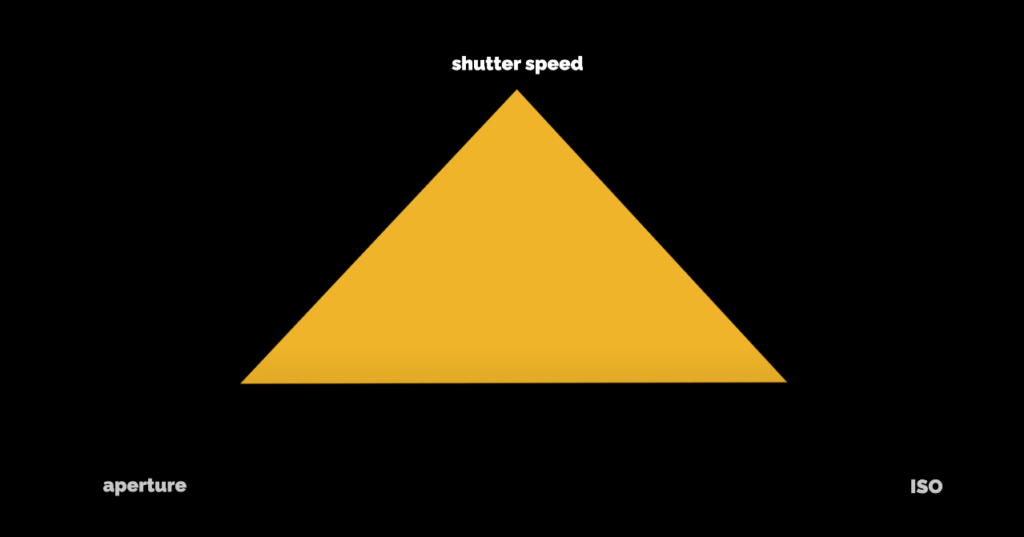
These three elements are a part of a delicate balance used to light your shots and they are all interdependent. If your shot is all set up and you change one of these settings, you will need to change one or both of the others to regain the balance.
And of course…
If you want to be able to understand this exposure triangle, you need to understand what these unique elements can do for you.
In this article, I’m going to focus specifically on the shutter speed. You read on or watch the tutorial on Youtube.
Look out for upcoming articles on aperture and ISO
What’s the shutter?
The shutter is a metallic curtain in front of your camera’s sensor that opens when it’s time to capture an image.

This curtain can open and close are different speeds and, based on the speed at which it opens and closes, it has two effects:
1) How bright the image ends up
2) the ability to freeze action or create motion blur
The meat and potatoes of the issue is this:
Lower shutter speeds = more light and things have a higher chance of having motion blur
Higher shutter speeds = less light and sharper shots with things that are moving
WHEN DO YOU USE LOWER SHUTTER SPEEDS?
1) Darker environments
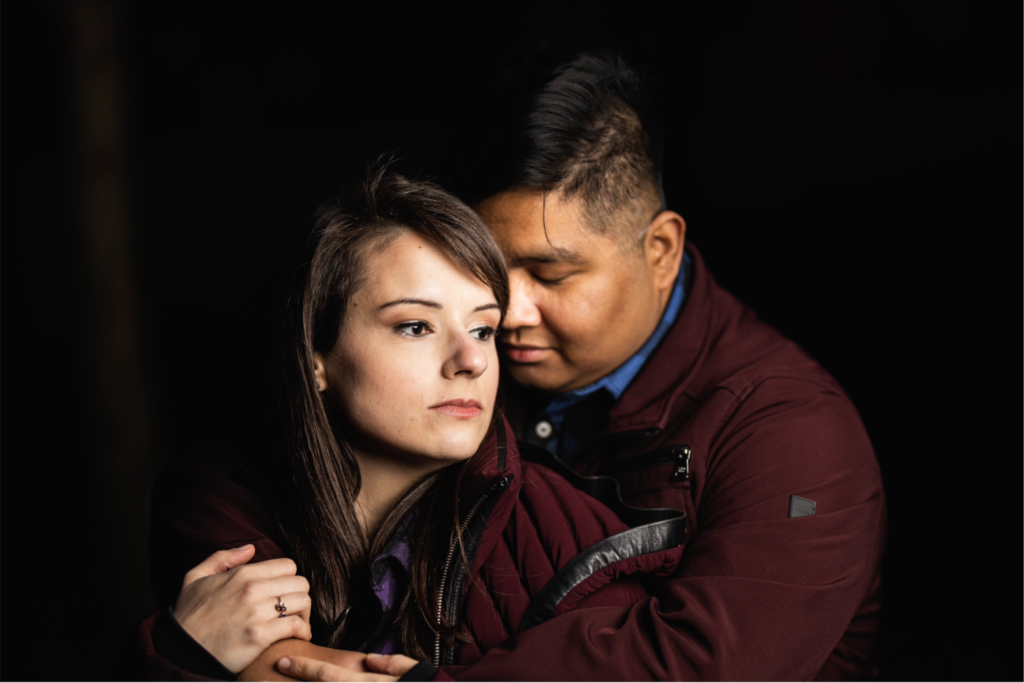
2) Capturing things that don’t move very much or not at all
For example – still life, portraits, landscapes
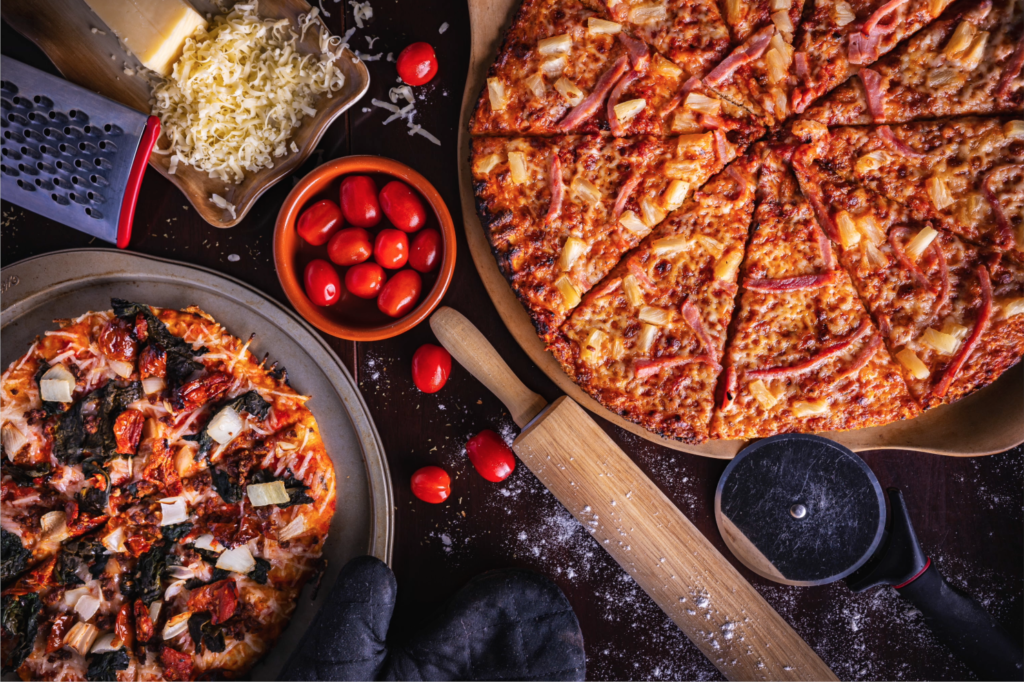
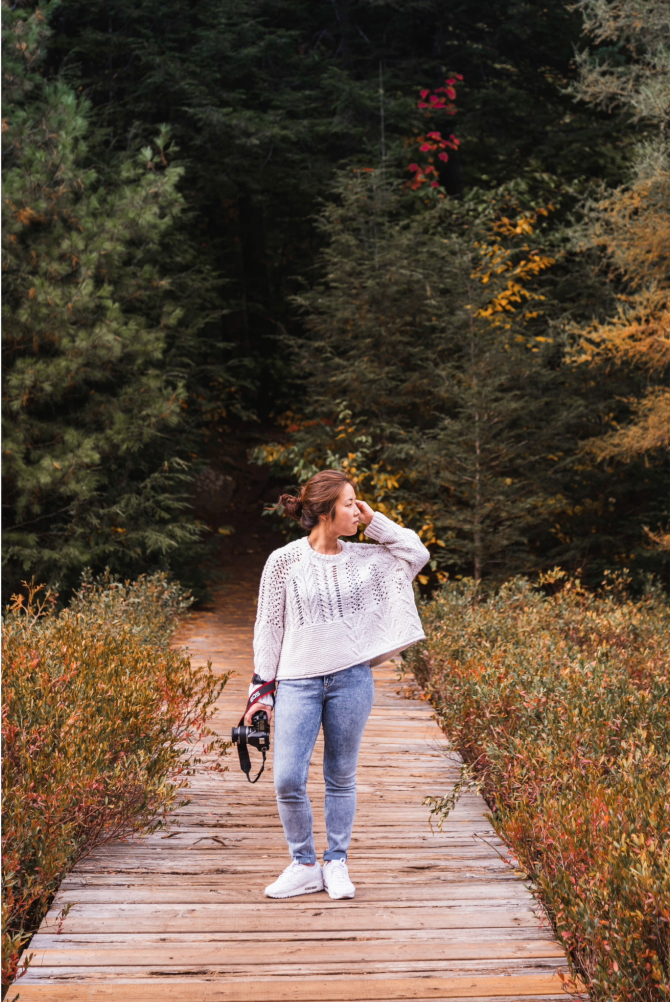

3) When want motion blur to show things are moving
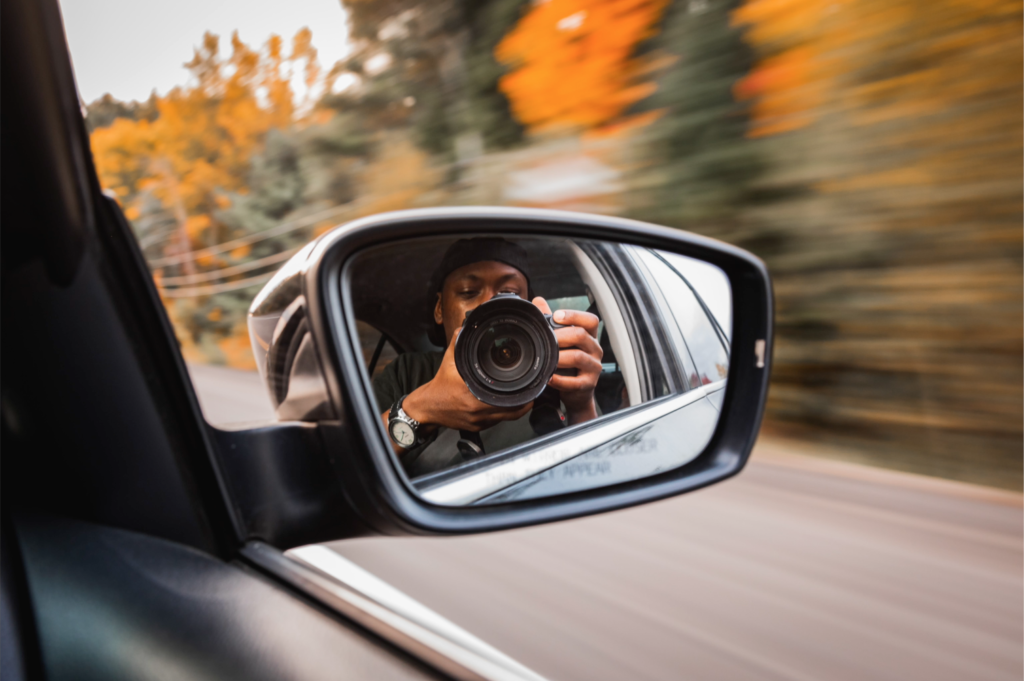
4) Other creative applications like light-painting.
See directly below 4 examples courtesy of Envato elements (I don’t do light painting much. Maybe I should do it more?)
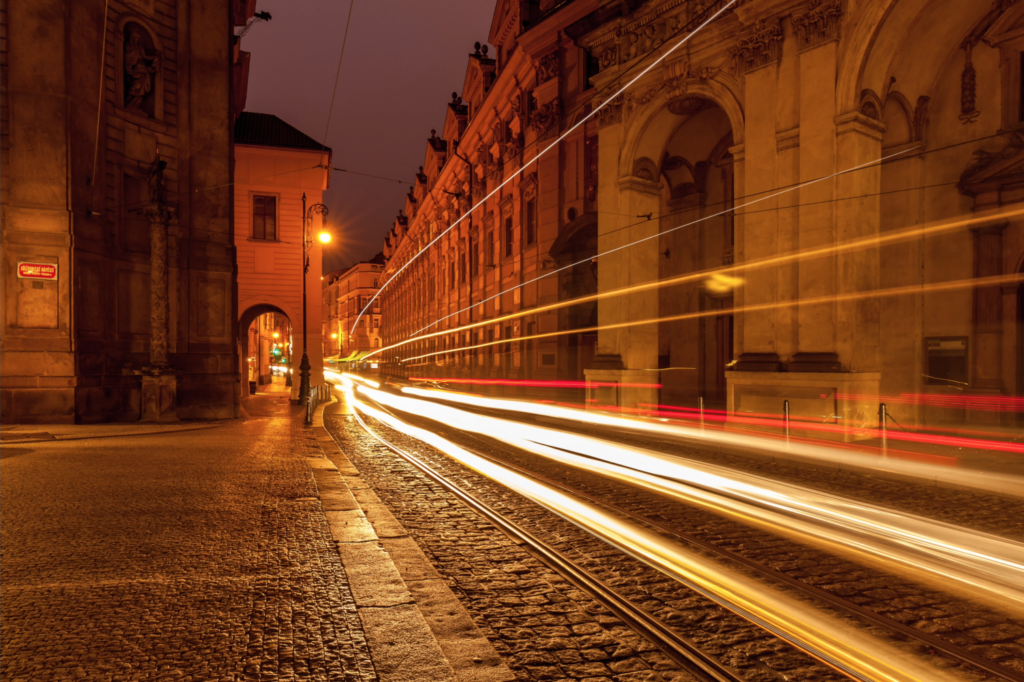
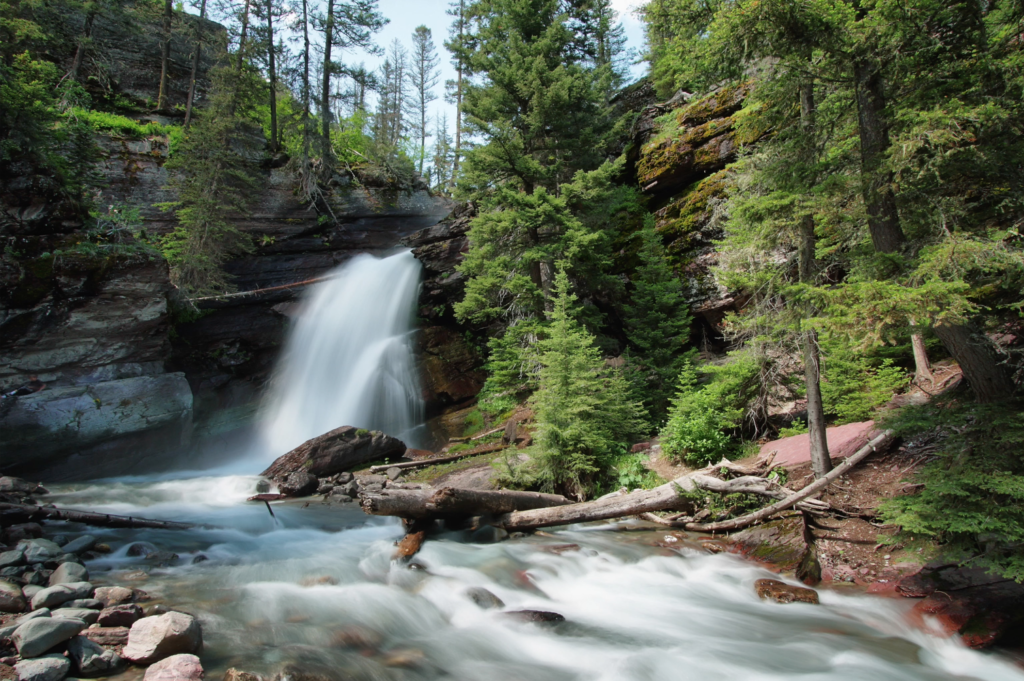
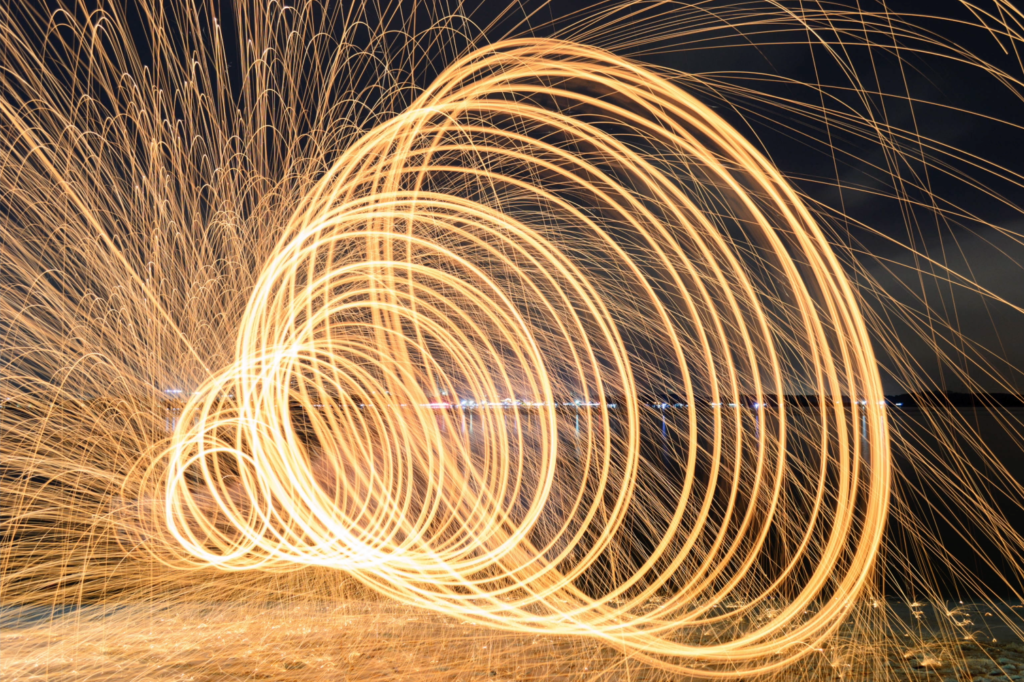
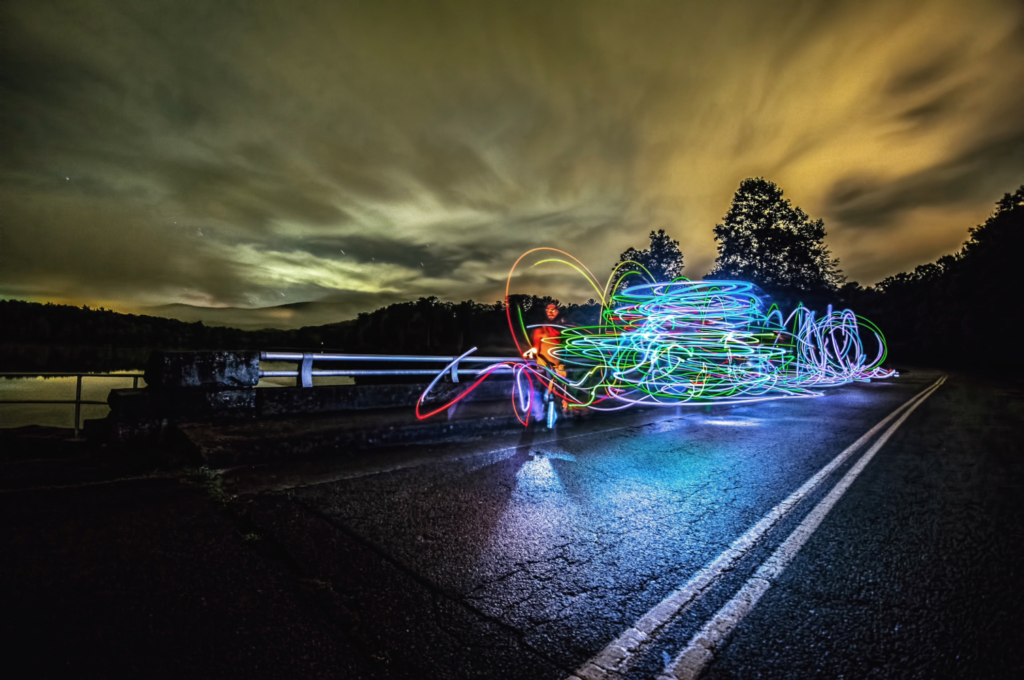
WHEN DO I USE HIGHER SHUTTER SPEEDS?
1) Capturing faster moving subjects where you want them to be clear
For example, action shots of people and faster moving things.
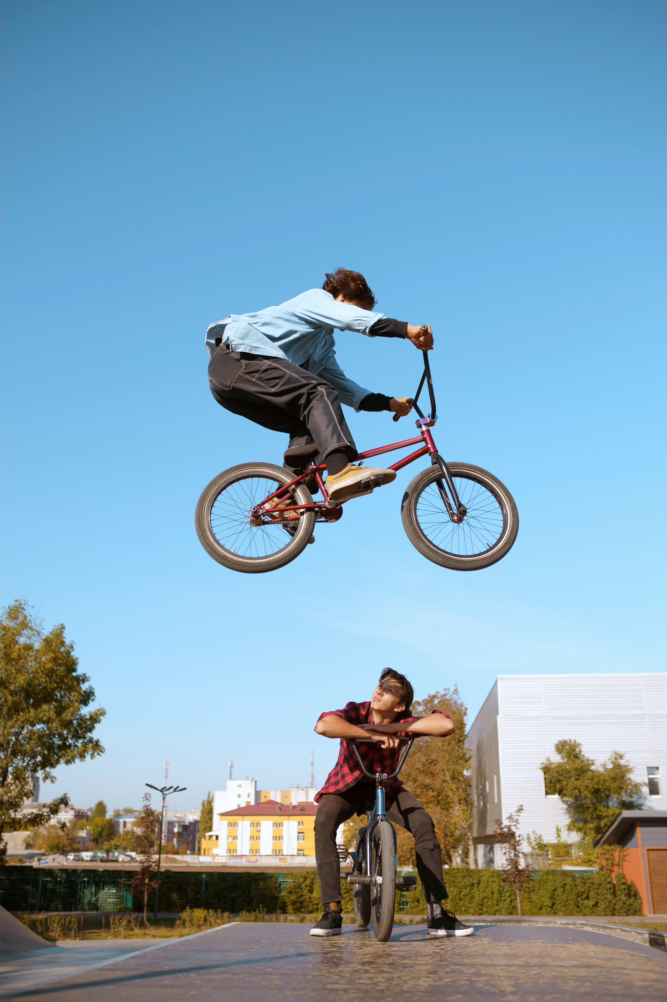
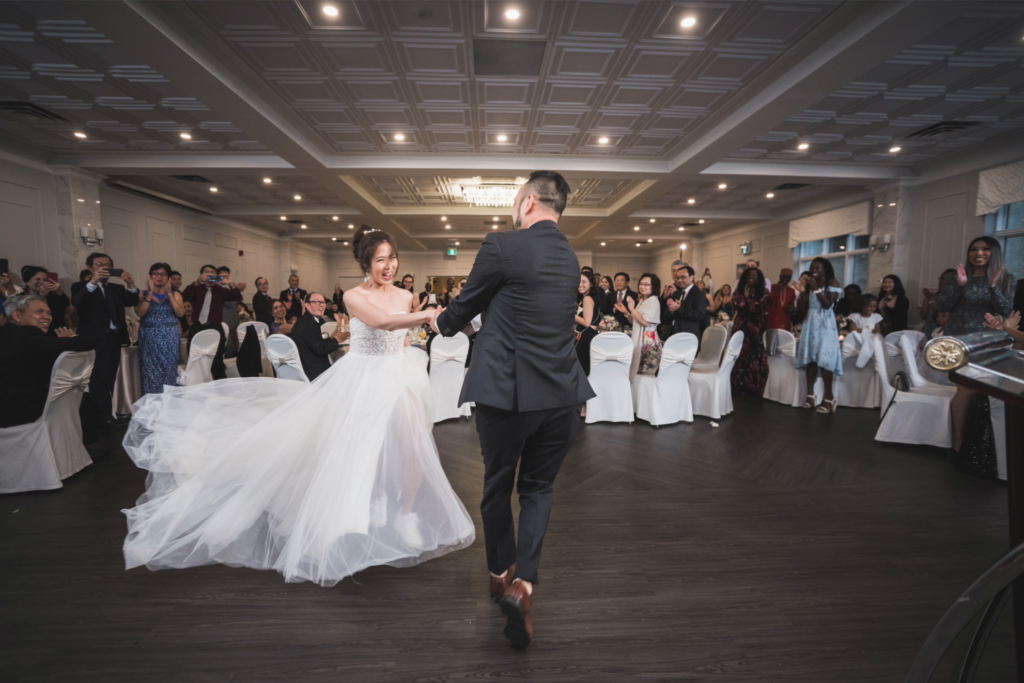
2) If you are moving, your subject is still and you want it to be sharp.
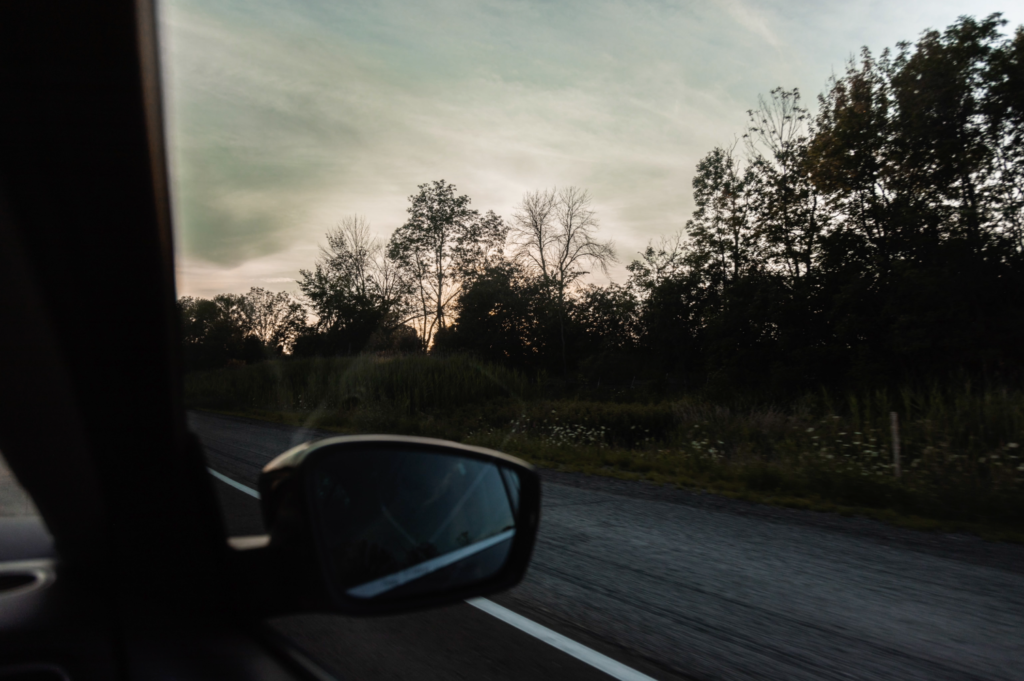
3) in very bright situations where showing motion blur is not a factor
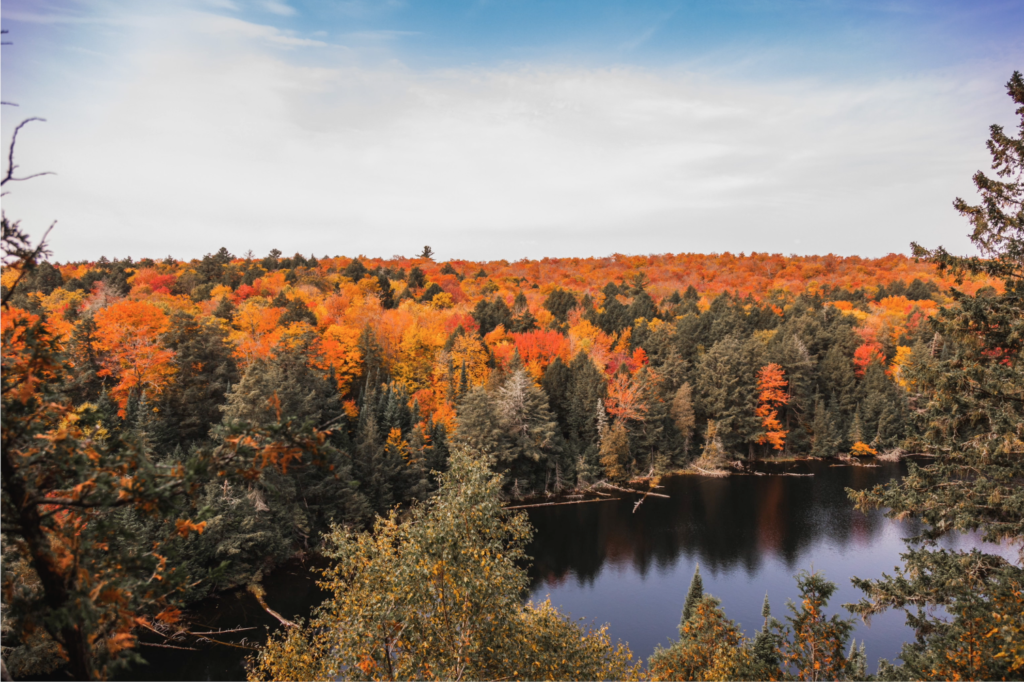


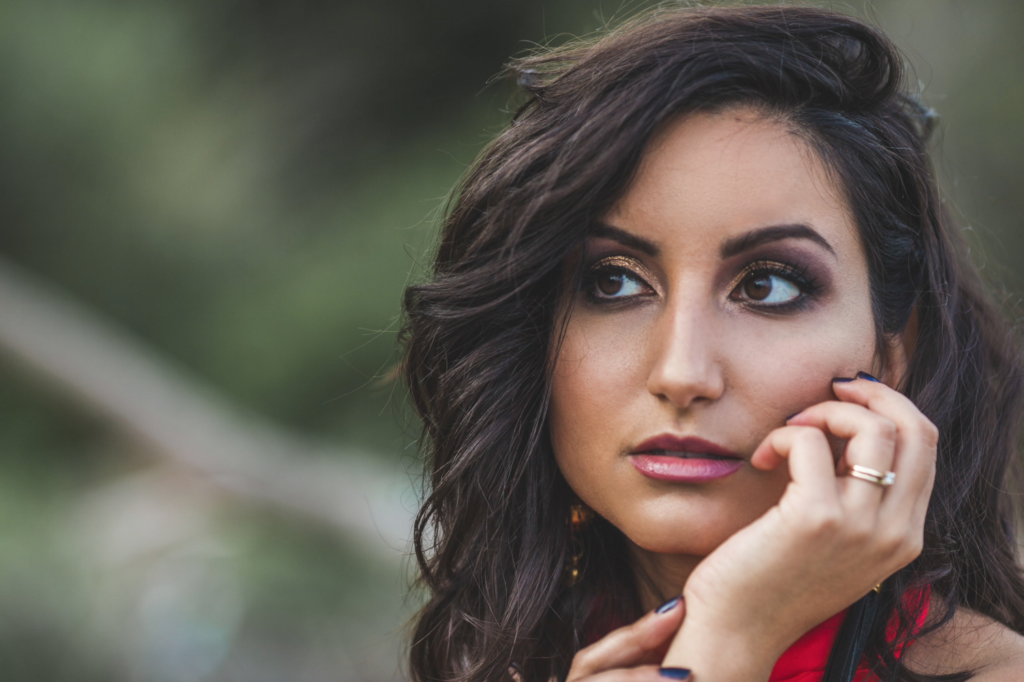
Remember the balance?
As you change your shutter speed, you have to adjust one or both of your other settings as well.
Check out the upcoming articles on aperture and ISO to understand the rest of the exposure triangle.
But for now, stay courageous!
[…] is the third member of the exposure triangle, along with shutter speed and aperture. It’s a very simple concept so this week’s video is much shorter. Check it […]